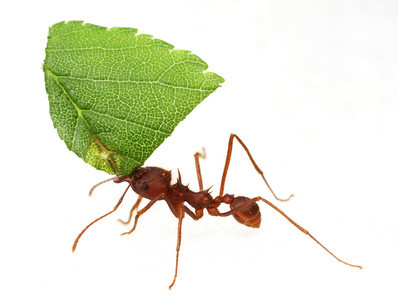Leaf-cutting ants have evolved a range of defensive strategies which complicate the use of entomopathogens for their control. One of these behavioral strategies is self-grooming, which increases when ants detect the presence of fungal conidia on their integuments. We have previously shown that insecticides, when used at ultra-low concentrations, can be synergists of entomopathogenic fungi. It is possible that certain insecticides could modify ant behavior in a way that increases the chances of a fungal infection taking hold. The current study investigated the effects of the neonicotinoid insecticide Imidacloprid (IMI) and the entomopathogenic fungus Beauveria bassiana on self-grooming and locomotion behavior of Acromrymex subterraneus subterraneus workers when ants were exposed to the agents separately or together.
Initially 10, 20 and 40 ng/insect IMI was topically administered to worker ants. Four hours after administration, the ants were placed into an experimental arena and self-grooming and locomotion behaviors were recorded for 10 min. Separate groups of ants were exposed to filter paper discs impregnated with conidial suspensions and 4 h later their behavior wasmonitored for 10min. Subsequently, ants were treated with 10 ng/insect IMI, immediately exposed to fungal suspensions and 4 h later their behavior was monitored. The 10 ng/insect IMI treatment resulted in higher locomotor activity and lower self-grooming when compared to vehicle, 20 ng and 40 ng IMI treatments. Exposure to fungal conidia produced low locomotion and high selfgrooming behaviors. The 10 ng IMI + fungal conidia treatment resulted in lower selfgrooming and higher locomotion behavior. These alterations caused by a low concentration of IMI could increase ant susceptibility to infection by entomopathogenic fungi.
Source:
Jefferson P. Galvanho et al. J Insect Behav (2013) 26:1–13
DOI 10.1007/s10905-012-9328-6 (attached)

- Log in to post comments
